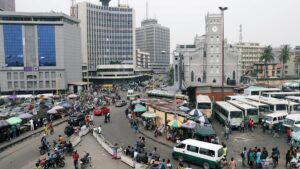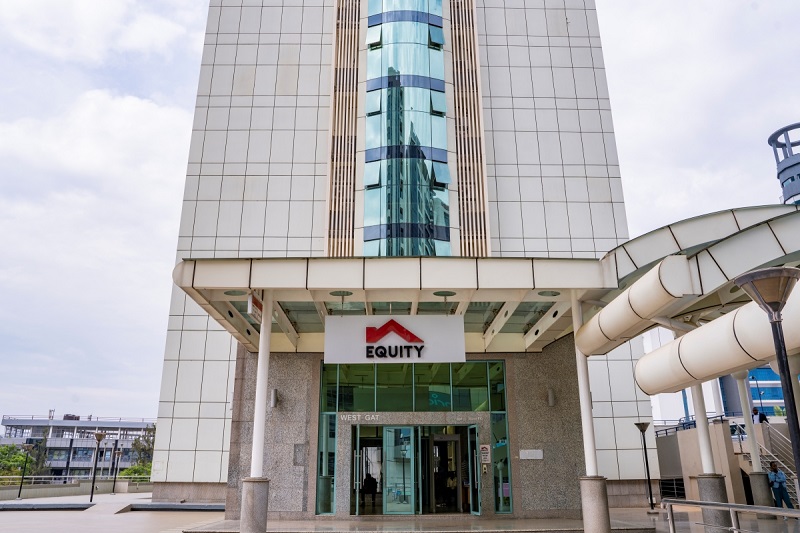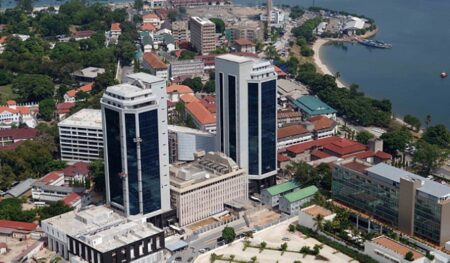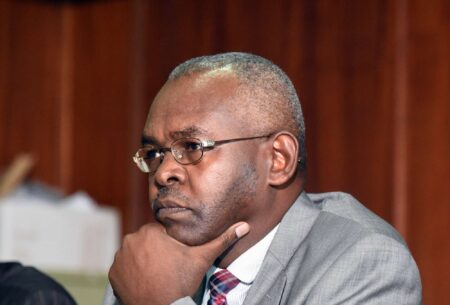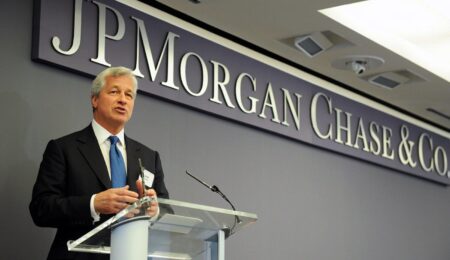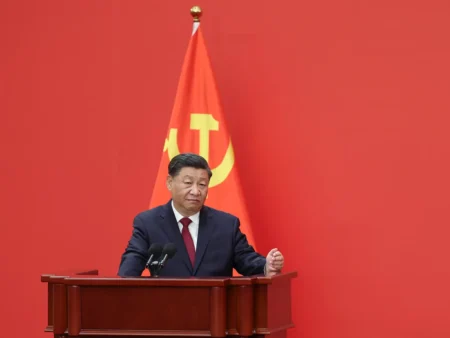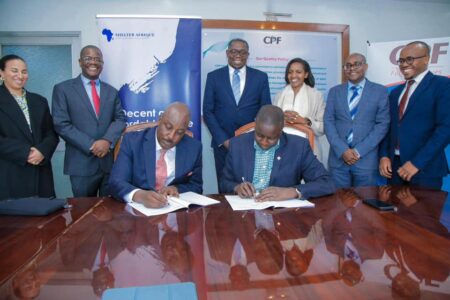- The strong performance of key subsidiaries in Rwanda, DRC, and Kenya largely drove growth in customer deposits.
- Equity South Sudan emerged as a standout performer, posting a 48% jump in revenue.
- Collectively, the subsidiaries accounted for 55% of the group’s revenue and 58% of pre-provision operating profits.
In the six months to June 2024, regional lender Equity Group posted strong results amid a tough macroeconomic environment marked by high interest rates and currency woes.
An analysis of the Group’s performance shows that subsidiaries spread in Rwanda, the Democratic Republic of Congo (DRC), Kenya, and South Sudan played a pivotal role in bolstering its financial performance.
The subsidiaries’ performance helped cushion the lender from the impact of external pressures on the overall earnings.
Equity Group reported a 12.5 per cent year-on-year jump in net earnings, reaching $230.2 million (KSH29.62 billion) in the first half of 2024. This growth was underpinned by an uptick in customer deposits, which grew by 10.6 per cent to $10.1 million (KSH1,299.48 billion).
The lender’s focus on aggressive deposit mobilization across its subsidiaries played a crucial role in achieving this milestone, highlighting the effectiveness of its expansion and operational strategies.
Equity Group’s subsidiaries driving deposit growth
Growth in customer deposits was largely driven by the strong performance of key subsidiaries, notably Equity Rwanda, Equity BCDC, and Equity Kenya. Equity Rwanda led the pack with a 28 per cent increase in deposits, followed closely by Equity BCDC and Equity Kenya, both recording a 15 per cent growth.
Equity Group’s subsidiaries not only performed well in deposit mobilization but also boosted the group’s operating incomes. Equity South Sudan emerged as a standout performer, posting a 48 per cent jump in revenue.
Collectively, the subsidiaries accounted for 55 per cent of the group’s revenue and 58 per cent of pre-provisions operating profits, underscoring their critical role in sustaining and enhancing the group’s financial performance.
Cost pressures emanating from subsidiaries
Despite the strong revenue growth, the group faced considerable cost pressures, primarily emanating from Equity Rwanda and Equity South Sudan. These subsidiaries reported a 51 per cent and 29 per cent year-on-year increase in pre-provision expenses, respectively. The heightened expenses can be attributed to the costs associated with aggressive market expansion and operational scaling. However, these investments are poised to yield long-term benefits by strengthening the subsidiaries’ market positions and enhancing their revenue-generating capacities.
Equity BCDC’s outstanding performance
Among the subsidiaries, Equity BCDC in the DRC showcased exceptional performance, firmly anchoring the group’s overall results.
Equity Group’s Chief Finance Officer, Moses Nyabanda, highlighted the subsidiary’s robust dollar-based balance sheet, stating, “DRC continues to be one of our promising subsidiaries. If you want to understand the performance of DRC, which is largely a dollar-based balance sheet, DRC by itself grew 22 per cent year-on-year. That tells you the strength of that balance sheet with 18 per cent growth in profitability, year-on-year.”
On a dollar-by-dollar basis, Equity BCDC’s deposits grew by 25 per cent, while its loan book expanded by 14 per cent. However, due to exchange rate fluctuations—specifically, the translation from US dollars to Kenyan shillings at different rates (from 157 in December to 129 at half-year)—the impact of Equity BCDC’s performance was somewhat muted when consolidated into the group’s financials, the lender disclosed.
Despite this, on a standalone basis, Equity BCDC continued to outperform expectations, reinforcing its position as a key driver of Equity Group’s growth and stability.
Contraction in loan book amidst asset base expansion
Equity Group’s total asset base expanded by 6.2 per cent year-on-year to reach $13.57 million (KSH1.75 trillion) in H1 2024. However, the loan book contracted by 3.2 per cent to $6.1 billion (KSH 791.12 billion), primarily due to a reduction in the loan portfolio in Equity Uganda.
This contraction can be attributed to customers’ reluctance to take up highly-priced loans in a high-interest-rate environment. The group’s investment securities also declined by $204.7 million (KSH 26.4 billion), or 5.44 per cent, settling at $3.6 billion (KSH459.2 billion).
Further, the group increased its holdings of investment securities held to maturity by $77.5 million (KSH10 billion) while reducing those held at fair value by 7.92 per cent to $3.3 billion (KSH423.5 billion), reflecting a cautious approach amid volatile market conditions.
Impact of high-interest rates on lending
The high-interest-rate environment influenced borrowing patterns and lending activities within the group. Equity Group’s CEO, Dr. James Mwangi, explained, “Entrepreneurs are rational. They came from borrowing at 13 per cent. The Central Bank [Kenya] started offering 17 per cent, 18 per cent. So we were competing for deposits with the public sector at 17, 18.”
“So banks increased interest rates to 18 per cent, 20 per cent, 24 per cent to match the market conditions. And of course, what entrepreneurs do is to postpone borrowing and that explains why Kenya is down specifically 7 per cent, but the Group is 3 per cent because the other economies, particularly DRC and Rwanda are on an upward trend in terms of borrowing.”
This scenario illustrates how Equity Group’s diversified presence across different markets, especially in economies such as DRC and Rwanda, helped buffer the decline in lending activities in Kenya. The subsidiaries in these regions continued to experience an upward trend in borrowing, mitigating the overall impact on the group’s loan book and interest income.
Dynamics of interest income and expenses
Despite the contraction in the loan book, Equity Group’s interest income from loans and advances increased by 19.6 per cent to reach $414.8 million (KSH53.5 billion). This uptick was largely driven by the higher interest rates prevailing in the market, which led to increased returns on lending facilities.
Interest income from government securities also saw a substantial rise of 24.78 per cent, totaling $219.4 million (KSH28.3 billion). Consequently, the group’s total interest income surged by 21.5 per cent to $657.4 million (KSH84.8 billion).
On the flip side, interest expenses escalated by 30.14 per cent to $236.7 million (KSH30.5 billion), owing to the higher cost of deposits in the competitive high-interest-rate environment. The ratio of interest expenses to interest income stood at 35.91 per cent in H1 2024, up from 33.53 per cent in H1 2023, indicating a slight compression in net interest margins.
Nevertheless, the group’s net interest income remained robust at $422 million (KSH54.4 billion), reflecting the lender’s ability to effectively manage interest rate risks and maintain profitability.
Performance of non-interest income streams
Equity Group’s non-interest income grew by 17.3 per cent to reach $331.9 million (KSH42.8 billion) in H1 2024. This growth, albeit slower compared to the 41.2 per cent increase recorded in H1 2023, was impacted by a 22 per cent decline in foreign exchange trading income, which settled at $51.2 million (KSH6.6 billion).
The dip in FX trading income reflects the volatility and uncertainties in global currency markets during the period. Despite this setback, the group’s diversified income streams ensured sustained growth in non-interest income, contributing significantly to its overall financial stability.
Overall, the contributions from subsidiaries Equity Rwanda, Equity BCDC, and Equity South Sudan highlight the effectiveness of the group’s strategic regional diversification in recent years.
By leveraging the strengths and opportunities across its diverse markets, Equity Group has demonstrated resilience and adaptability, positioning itself for sustained growth and profitability in the face of economic uncertainties.
Read also: Equity Group to pay record $114 million in dividend despite 5 per cent profit dip


